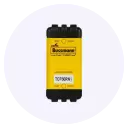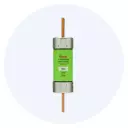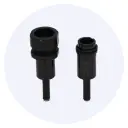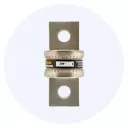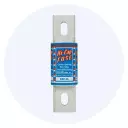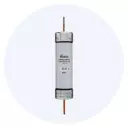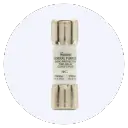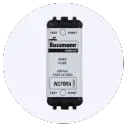Blog
Upgrading Hydropower Plants with Eaton-Bussmann Fuses
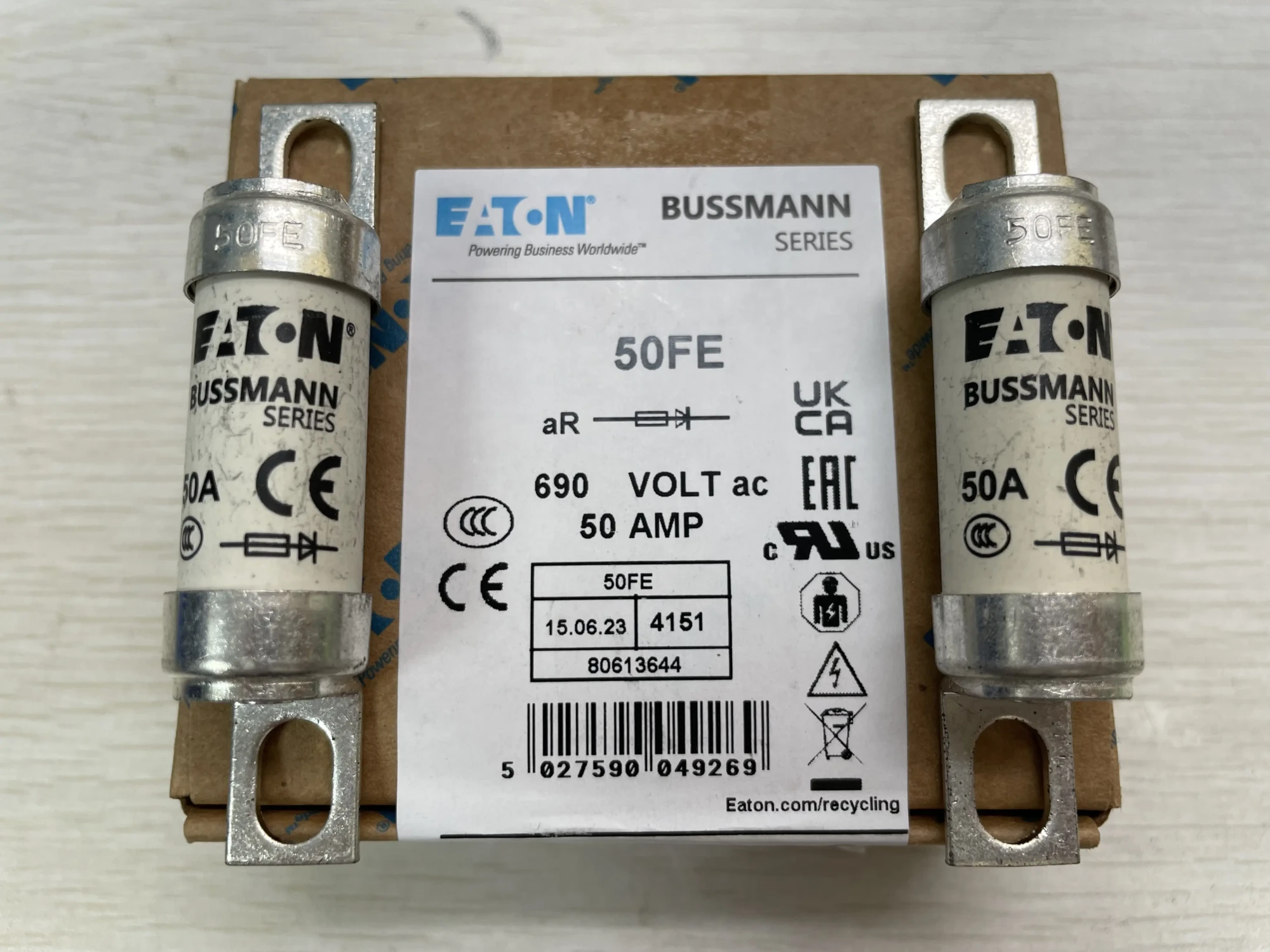
As the world shifts towards renewable energy sources, hydropower plants are becoming increasingly important for generating clean and sustainable electricity. However, many existing hydropower plants are outdated and in need of upgrades to improve their efficiency, reliability, and safety. One crucial aspect of upgrading hydropower plants is the installation of advanced circuit protection solutions, such as Eaton-Bussmann fuses. In this blog post, we will delve into the world of Eaton-Bussmann fuses and explore how they can be used to upgrade hydropower plants, ensuring a safer, more efficient, and more reliable operation.
Introduction to Eaton-Bussmann Fuses
Eaton-Bussmann is a leading manufacturer of circuit protection solutions, including fuses, fuse holders, and other related products. Their fuses are designed to provide overcurrent and overvoltage protection, safeguarding electrical circuits from damage caused by faults, surges, or other anomalies. With a wide range of products, including power fuses, electronic fuses, and transportation fuses, Eaton-Bussmann offers a comprehensive solution for various industries, including hydropower.
Upgrading Hydropower Plants with Eaton-Bussmann Fuses
Hydropower plants require reliable and efficient circuit protection to ensure continuous operation and minimize downtime. Eaton-Bussmann fuses can be used to upgrade existing hydropower plants in several ways:
- Improved Safety: Eaton-Bussmann fuses provide advanced overcurrent and overvoltage protection, reducing the risk of electrical accidents and injuries.
- Increased Efficiency: By protecting against faults and surges, Eaton-Bussmann fuses help minimize downtime and reduce maintenance costs.
- Enhanced Reliability: Eaton-Bussmann fuses are designed to provide reliable operation, even in harsh environments, ensuring continuous power generation.
- Compliance with Regulations: Eaton-Bussmann fuses meet or exceed international standards, ensuring compliance with regulatory requirements.
Product Parameters and Specifications
Eaton-Bussmann fuses are available in various types, including:
- Power Fuses: North American fast-blow fuses, IEC standard fuses, American standard cylindrical fuses, and European standard square fast-blow fuses.
- Electronic Fuses: Chip fuses, ESD suppressors, supercapacitors, power inductors, glass/ceramic tube fuses, and resettable fuses.
- Transportation Fuses: Low-voltage distribution boxes, video control systems, remote monitoring systems, and automotive fuses.
When selecting Eaton-Bussmann fuses for hydropower plant upgrades, it is essential to consider factors such as:
- Voltage and Current Ratings: Ensure the fuse can handle the plant’s voltage and current requirements.
- Response Time: Choose a fuse with a response time that meets the plant’s requirements.
- Environmental Conditions: Select a fuse that can operate effectively in the plant’s environmental conditions, such as temperature, humidity, and vibration.
Precautions and Installation Guidelines
To ensure safe and effective installation of Eaton-Bussmann fuses, follow these guidelines:
- Read and Follow Instructions: Carefully read and follow the manufacturer’s instructions and guidelines.
- Proper Sizing and Selection: Ensure the fuse is properly sized and selected for the application.
- Regular Maintenance: Regularly inspect and maintain the fuses to ensure optimal performance.
- Training and Certification: Ensure personnel are trained and certified to install and maintain Eaton-Bussmann fuses.
Conclusion
Upgrading hydropower plants with Eaton-Bussmann fuses is a crucial step towards improving their efficiency, reliability, and safety. By understanding the product parameters, specifications, and precautions, plant operators can ensure a successful upgrade and minimize downtime. As a leading distributor of Eaton-Bussmann products, we provide genuine products, technical support, and comprehensive solutions to meet the needs of hydropower plant operators. With Eaton-Bussmann fuses, hydropower plants can operate safely, efficiently, and reliably, contributing to a sustainable and renewable energy future.

